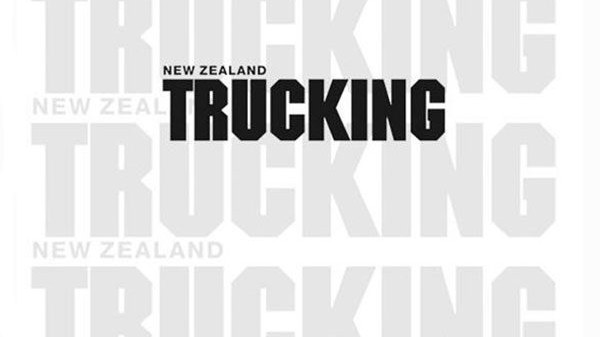
In the two years since Covid-19 hit our shores, we have had to reimage, restructure, and roll with constant alert-level changes and health rules. And those that own and run a business have also had to manage and implement all those changes, counsel staff, and create a business culture that can still be productive while this pandemic shows no signs of ending any time soon.
Meanwhile, workplace accidents are still happening. Truck drivers and staff are fatigued, and the ongoing mental health and wellbeing of staff is concerning. While the pandemic carries on, we must not lose sight that everyone you employ must get home safely after work.
A new year is a great time to review your workplace health and safety plans.
According to WorkSafe NZ, in 2021, nine people died while at work, there were 159 injuries, illness, and serious harm incidents, and 2340 people had injuries that required them to have more than one week off work.
These figures are eyewatering. The statistics represent valued staff members, friends or key people who went to work and either never came home or suffered a major injury or illness that will probably affect them for the rest of their lives. The sad part is the incident that caused it was probably preventable.
Ensuring health and safety by good work design is essential to maintaining your safety record. Things such as workflow, broken equipment, or people doing the wrong job can all contribute to bad work design. This can cause stress and – potentially – accidents. Creating a culture where staff are involved in the decision-making on how to make a business safe is a way you can engage and encourage ideas. Reporting near- misses is not enough. You must think outside the square and work through a couple of possible scenarios if things go wrong. Look for situations with the potential to cause injury. Engage with your team and get their ideas on how workflows can be improved.
A good dispatcher knows and understands the drivers and the end customer’s expectations. If they make a mistake, it impacts on all parties. Drivers and customers can get very frustrated with schedules at times. So, a close watch on this aspect of your business is vital. Getting the drivers and dispatchers together to discuss ways of improving the workflow is a great way to start. A minor change in the schedule can sometimes be easy to implement and can have a massively improved safety outcome for everyone.
One company told us they had not realised the danger they put kids in while they did normal deliveries past a school when all the kids were leaving. Once the school and company engaged, a new route was established to avoid peak times when kids were around. This turned out to be more productive for the company and meant that the trucks arrived back at the depot on time. There had been several near-misses with children crossing the road in front of the trucks, so it was only a matter of time, and someone would have been injured or killed. This situation was mitigated due to an old-fashion conversation.
We have also been told by one of our members that once they engaged with their staff and encouraged ideas on how to improve things, it changed the company’s culture. The staff took ownership of the needed changes to create a safer working environment and the company was more productive.
No employer wants to go to their employee’s family and tell them their father/mother/daughter/son is not coming home because the accident resulted from their company’s bad work design.
So, get your teams together and have the conversations now. Ask them to tell you what they think. You can even do it anonymously. Remember to make sure you share the ideas to get feedback from the wider group.




